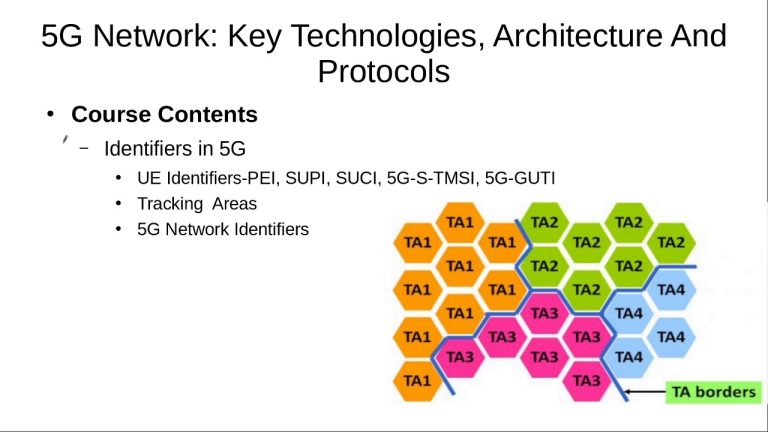SDN & NFV PDF & PPT Download: Key Concepts and Applications
In today’s digital era, enterprises and service providers are rapidly adopting Software-Defined Networking (SDN) and Network Functions Virtualization (NFV) to transform their IT infrastructure. These two technologies are reshaping the way networks are designed, deployed, and managed, offering greater agility, cost savings, and scalability. If you are looking for SDN & NFV PDF and PPT downloads, this article will guide you through the key concepts, benefits, and practical applications of these technologies.
What is SDN?
Software-Defined Networking (SDN) is a revolutionary approach to network management that separates the control plane from the data plane. Instead of relying on traditional hardware-based switches and routers, SDN introduces a centralized controller that manages the flow of data across the entire network.
Key features of SDN:
- Centralized control: Simplifies network configuration and monitoring.
- Programmability: Administrators can define traffic flows using software, rather than manual device configuration.
- Flexibility: Easily adapts to changing network demands and cloud environments.
SDN is particularly valuable for cloud service providers, large enterprises, and data centers where dynamic traffic management is essential.
What is NFV?
Network Functions Virtualization (NFV) complements SDN by virtualizing traditional network services such as firewalls, load balancers, and intrusion detection systems. Instead of running these services on dedicated hardware appliances, NFV deploys them as virtual machines (VMs) or containers on standard servers.
Key features of NFV:
- Cost efficiency: Reduces the need for expensive proprietary hardware.
- Rapid deployment: Virtual network functions (VNFs) can be provisioned quickly.
- Scalability: Services can scale up or down based on demand.
NFV empowers telecom operators and enterprises to deliver services faster while reducing operational expenses.
SDN & NFV: The Perfect Combination
While SDN focuses on controlling the flow of data through software, NFV focuses on replacing hardware-based network functions with virtualized solutions. Together, they create a highly efficient, agile, and cost-effective networking environment.
Benefits of combining SDN and NFV include:
- Improved service agility for launching new applications.
- Enhanced network visibility for better troubleshooting.
- Reduced capital and operational costs.
- Greater support for 5G, IoT, and cloud computing.
Practical Applications of SDN & NFV
- Telecommunications: Enables 5G networks, efficient bandwidth allocation, and virtualized core network services.
- Enterprises: Provides secure, flexible, and scalable networks to support cloud migration.
- Data Centers: Optimizes traffic flow, enhances security, and supports multi-tenant environments.
- IoT Ecosystems: Handles massive device connections with dynamic scalability.
SDN & NFV PDF & PPT Download
For students, researchers, and IT professionals, having access to SDN & NFV PDF and PPT files is essential for in-depth learning. These resources often include detailed diagrams, architecture overviews, and real-world use cases.
You can find SDN & NFV PDF downloads in academic repositories, open-source communities, and university lecture slides. Similarly, SDN & NFV PPT downloads are available in online learning platforms and technical forums, helping learners quickly grasp complex concepts through visual presentations.
Conclusion
SDN and NFV represent the future of modern networking by offering agility, scalability, and cost efficiency. By understanding their key concepts, applications, and integration, organizations can transform their network infrastructure to meet the demands of cloud computing, IoT, and 5G. Whether you are a student, professional, or researcher, accessing SDN & NFV PDF & PPT downloads will give you the knowledge and tools to stay ahead in the evolving world of networking.







